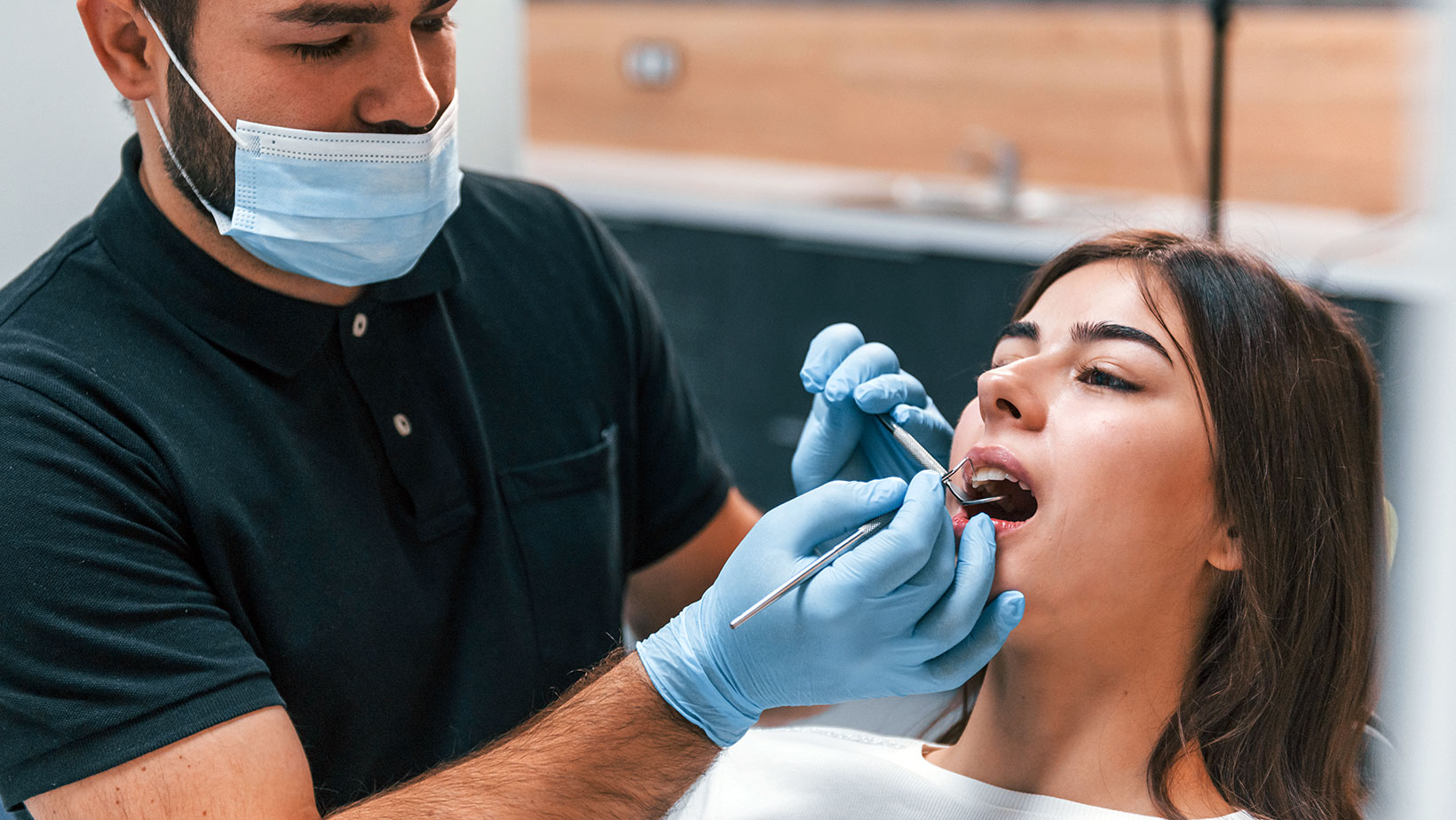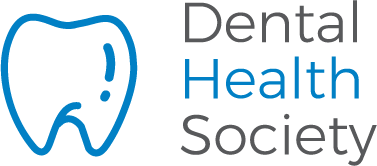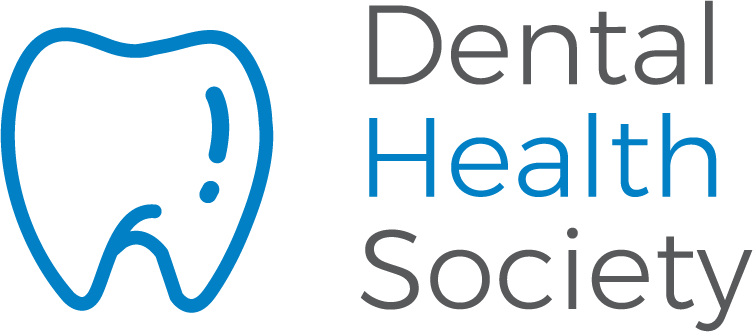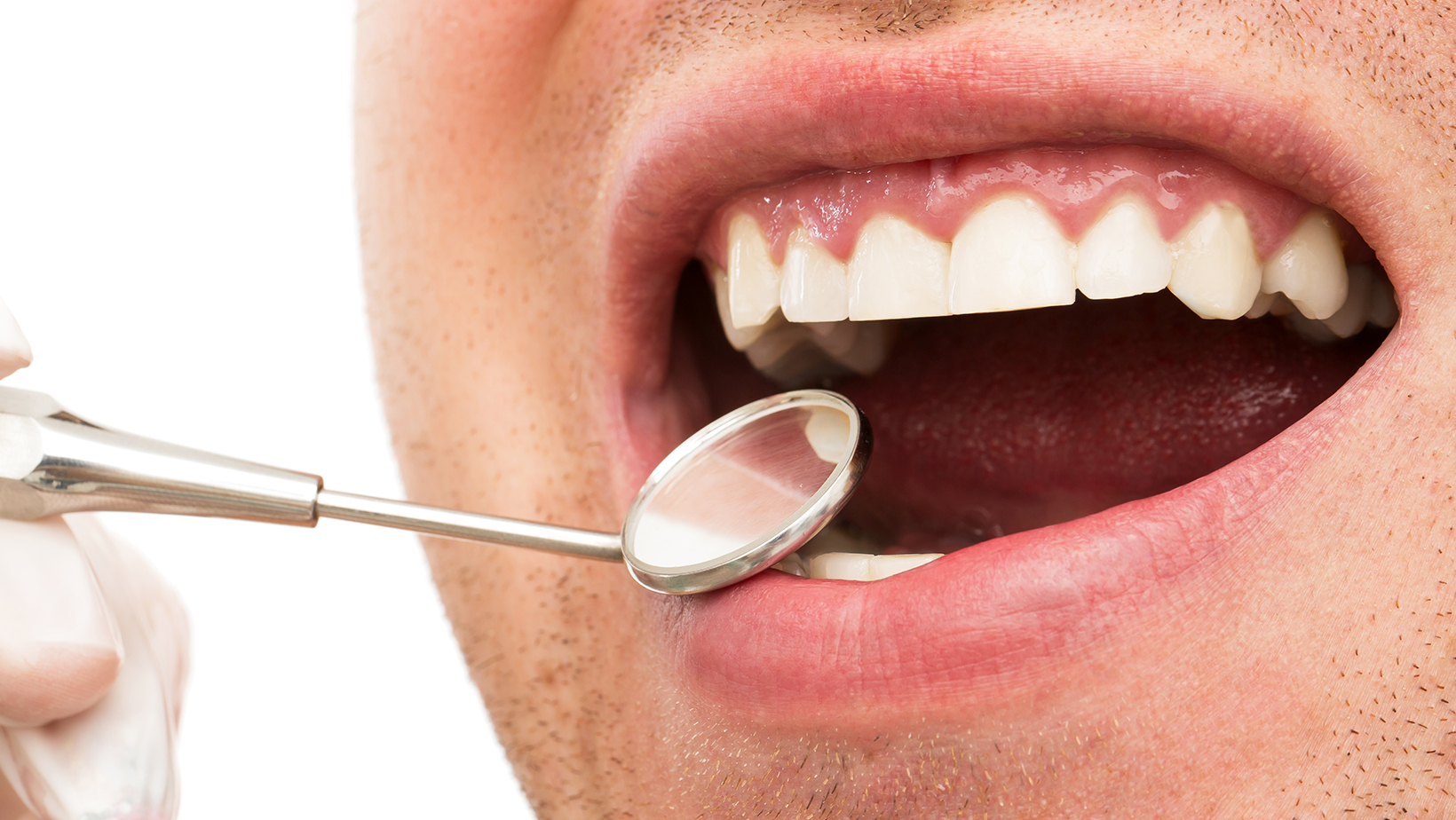Most people know of calcium as a mineral that helps to build strong teeth and bones. So, it can be confusing when a dentist says they need to remove the calcium deposits or calcium buildup from teeth. If calcium is good for teeth, why remove it?
Calcium Deposits, Calcium Buildup, and Dental Calculus: What Are They and What’s the Difference?
Calcium deposits, calcium buildup, and dental calculus all refer to the same thing: tartar. Tartar is the more commonly used term for the buildup of hardened plaque on teeth. Plaque is a sticky film that contains bacteria and a high amount of calcium phosphates. The calcium phosphate content is why dentists might refer to this buildup as calcium deposits, calcium buildup, or dental calculus. Tartar can appear on the teeth or under the gum line and looks like yellowish or brownish patches.
It’s important to note that having calcium buildup on the teeth does not mean that someone should avoid calcium-rich foods or supplements. A Danish study from the Nutrition Journal found that people who consumed more calcium and vitamin D (but still within recommended amounts) had less plaque or tartar buildup on their teeth. Instead, the key to reducing calcium buildup on teeth is good oral hygiene, like regular brushing and flossing.
How do Calcium Deposits Form on Teeth?
The main cause of calcium buildup on teeth is plaque. Eating certain foods, like those high in starches and sugars, can lead to a lot of plaque-causing bacteria clinging to the teeth. This can also be exacerbated by smoking and eventually by aging. When this bacteria is not regularly removed with sufficient brushing, flossing, and regular dental cleanings, it can harden and turn into tartar, or calcium deposits.
Calcium buildup is also more common near salivary glands. This is due to the high amount of calcium phosphates contained in saliva. While saliva can help to prevent some issues with teeth, like tooth erosion, it can be detrimental when there is too much plaque-causing bacteria on the teeth. This is because the calcium phosphate particles tend to get stuck to the plaque and form tartar on the teeth. Of course, the solution would be to make sure that bacteria are removed through good oral hygiene habits, and not to try to reduce normal saliva production.
Getting Rid of Calcium Deposits on Teeth
Once calcium deposits form on teeth, they can’t be removed with regular brushing and flossing. Fortunately, a dentist can still help remove these deposits with relatively simple procedures before they cause further damage to the teeth.
If a dentist finds excessive tartar on teeth, they will most likely recommend a deep cleaning to prevent tooth decay. A deep cleaning is a more thorough dental cleaning that might require more than one visit, typically two, with each visit focusing on different parts of the mouth. During the deep cleaning, the dentist will perform a scaling and root planing procedure, sometimes referred to as debridement. During the scaling and root planing procedure, the dentist will carefully scrape off plaque and tartar buildup on the teeth and below the gum line with specialized tools. This will help treat any gum disease and prevent further progression.
Typically, the dentist will use a local anesthetic to ensure that the patient is comfortable during the procedure, but there may be some temporary pain and discomfort after the procedure. The dentist might suggest avoiding certain foods or activities, like eating popcorn or crunchy snacks or drinking hot beverages, for a couple of days. After the calcium buildup and plaque are removed, it is imperative to start a good oral hygiene routine and go to the dentist for regular cleanings to ensure the tartar doesn’t form again.
What Happens When Calcium Deposits Are Not Removed?
Calcium deposits on teeth aren’t just unsightly, they can also cause a lot of damage. When tartar is not removed by a professional, it can cause issues like:
- Gum disease and bleeding
- Cavities
- Receding gums
- Bad breath
And the longer tartar or calcium buildup is left on the teeth, the more complicated it can be to remove. This means longer and more expensive dental visits.

Stay Ahead of Calcium Deposits With the Help of a Good Dentist
Ultimately, the best way to avoid calcium deposits is to keep a good oral hygiene regimen by brushing and flossing everyday, going to the dentist for regular cleanings, and avoiding things like smoking and sugary foods and beverages. Try out our provider tool to find a dentist to help remove or prevent tartar buildup on the teeth.


